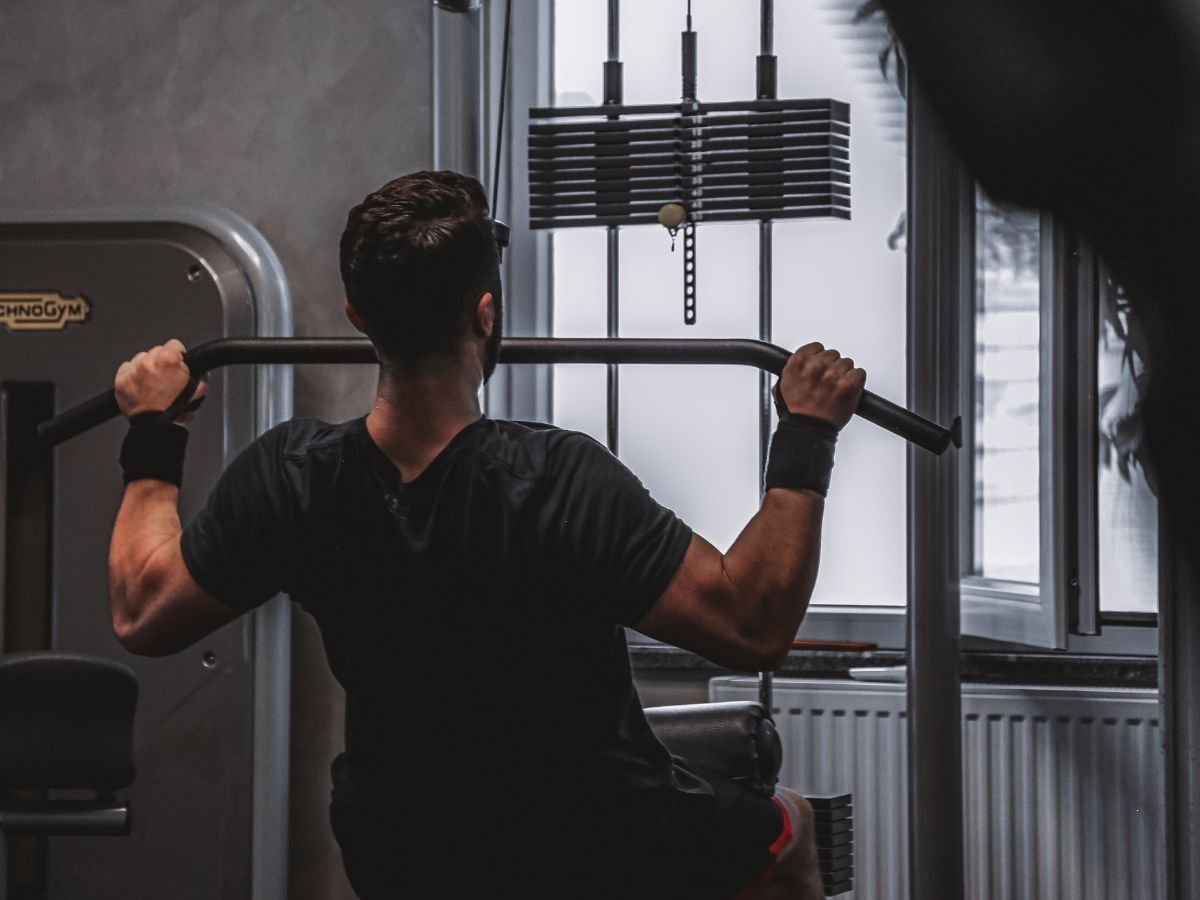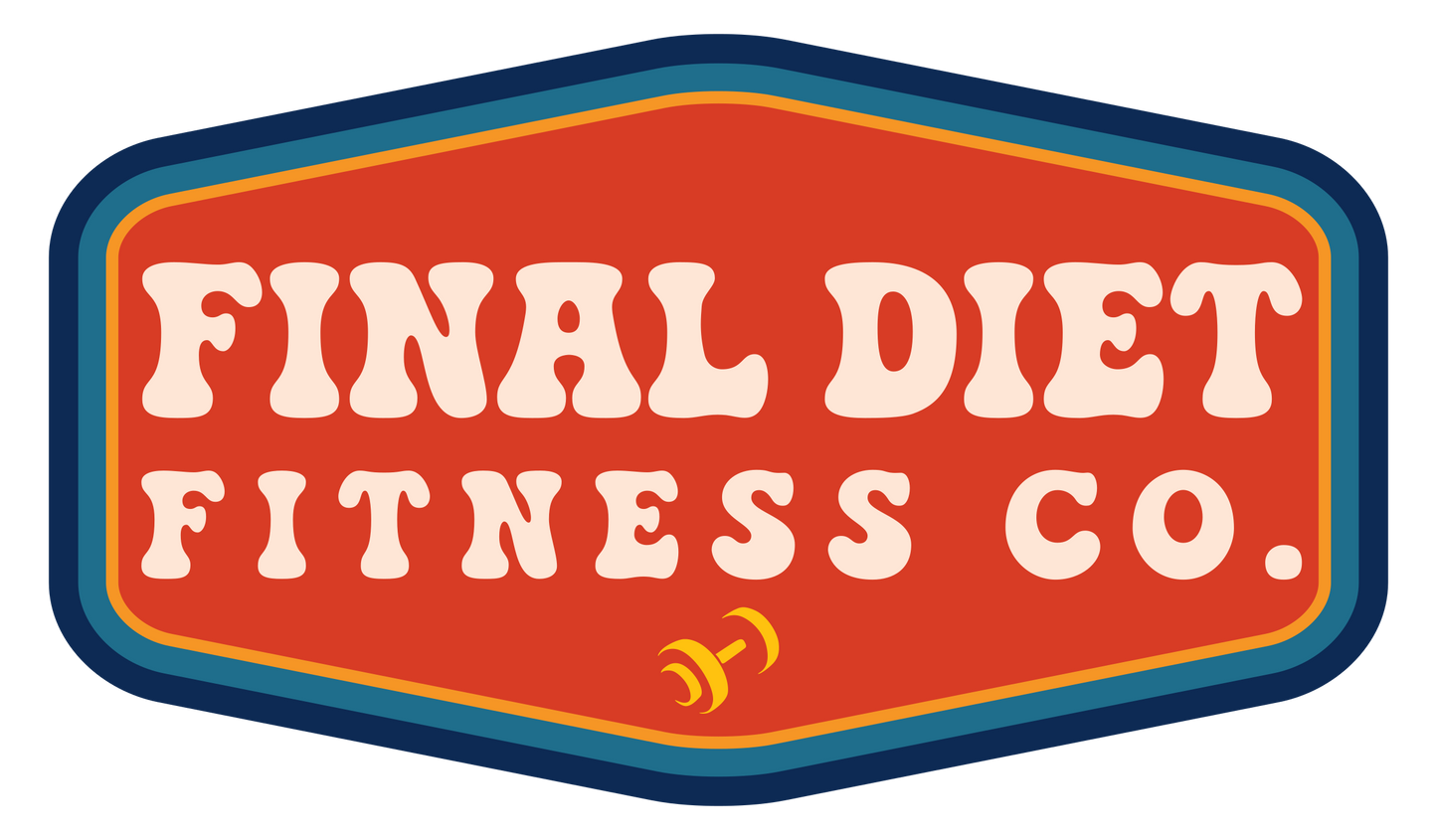
Most people think of strength training as something reserved for athletes or bodybuilders. But the truth is, resistance training is one of the most powerful anti-aging tools available—especially for those in their 40s, 50s, and beyond.
Unlike cardio, which primarily improves endurance, strength training targets the systems most affected by aging: muscle mass, bone density, metabolism, and balance. Whether you’re new to lifting or getting back into it, it’s never too late to start—and the benefits compound quickly.
Muscle: Your Metabolic Engine
After age 30, adults lose roughly 3–8% of their muscle mass per decade if they don’t strength train. That’s a problem, because muscle isn’t just for looks—it’s metabolically active tissue that helps regulate blood sugar, maintain energy, and support posture and joint function.
More muscle means:
- A higher resting metabolic rate (you burn more calories at rest)
- Better blood sugar control and insulin sensitivity
- Stronger connective tissue and improved movement quality
Strength training literally slows down the biological clock by maintaining the tissues that keep you moving and functioning independently.
Bone Density and Joint Protection
Resistance training does more than build muscle—it strengthens your skeleton. When you load your body with weights or resistance, bones adapt by becoming denser and more resilient.
This adaptation is crucial for preventing osteoporosis and reducing fracture risk, especially in women after menopause.
Additionally, controlled resistance training strengthens the muscles around joints, improving stability and reducing pain from arthritis or previous injuries.
In short: stronger muscles mean stronger joints and bones, which means more mobility and freedom later in life.
Hormonal Health and Mood
As we age, hormones like testosterone, estrogen, and growth hormone naturally decline. Regular strength training can help offset that decline by improving hormone balance and stimulating the release of growth factors that aid recovery and vitality.
Beyond the physical, strength training has a profound mental benefit. Studies show consistent resistance exercise reduces anxiety, boosts mood, and enhances cognitive function. Many clients describe feeling “sharper” and “younger” within weeks of consistent lifting.
Functional Strength: Moving Better for Life
Think of strength training as preparation for everyday life. Picking up groceries, climbing stairs, playing with kids, or carrying luggage all require muscle strength and coordination.
Training movements—rather than just muscles—creates real-world benefits:
- Squats patterns strengthen your ability to sit and stand with ease
- Rows and presses improve posture and upper body function
The result is better movement, fewer injuries, and the confidence to stay active long-term.
How to Get Started Safely
You don’t need to spend hours in the gym or lift like a powerlifter. For most people, 2–3 strength sessions per week is enough to see major improvements.
Start with these basics:
- Frequency: 2–3 days per week (push/pull/legs, full-body or upper/lower split)
- Focus: Major muscle groups—legs, back, chest, shoulders, arms, and core
- Progress: Gradually increase resistance or reps over time (progressive overload)
- Form: Prioritize quality movement and control over heavy weights
If you’re new or returning after time off, working with a trainer (in person or through an app) can help ensure proper form and structure.
Takeaway
Strength training isn’t just about looking better—it’s about staying capable, resilient, and healthy as you age. It helps you preserve muscle, protect bones, balance hormones, and move confidently through life.
The best time to start was years ago. The second-best time is today. Start simple, stay consistent, and let strength become your fountain of youth.
